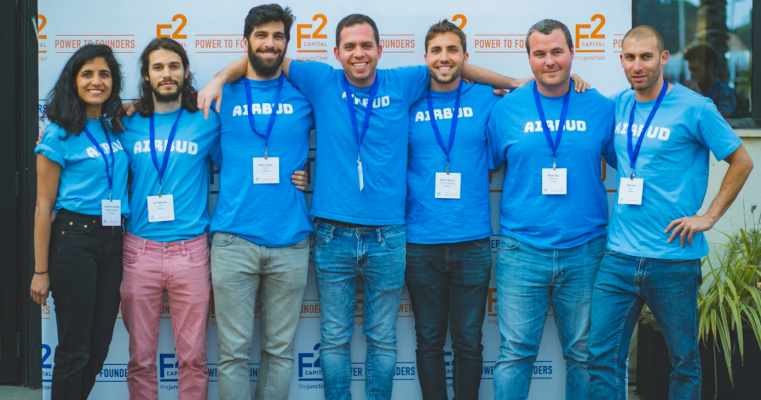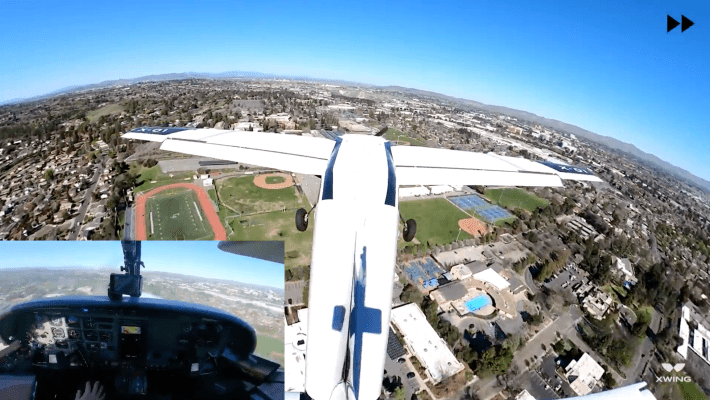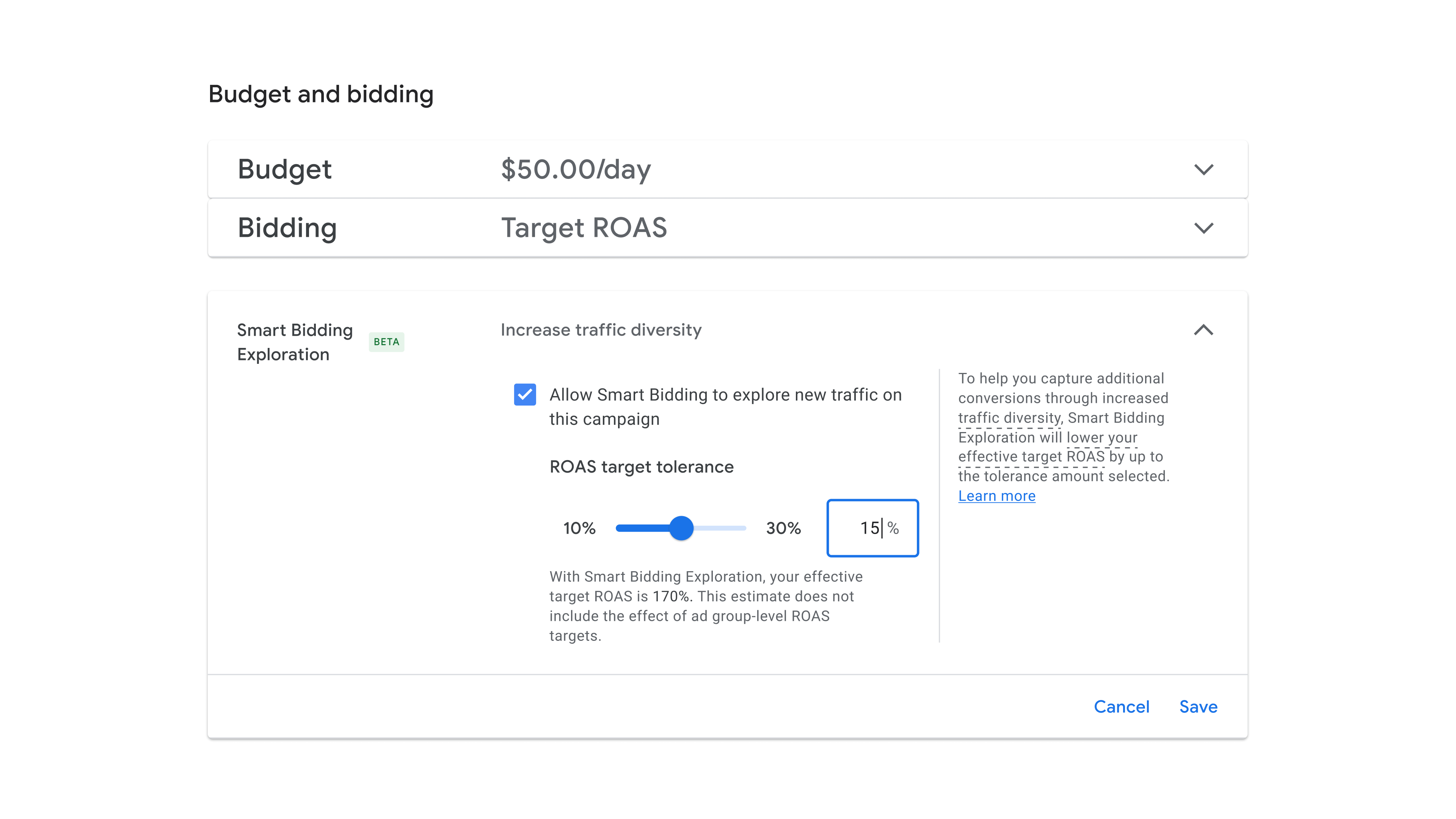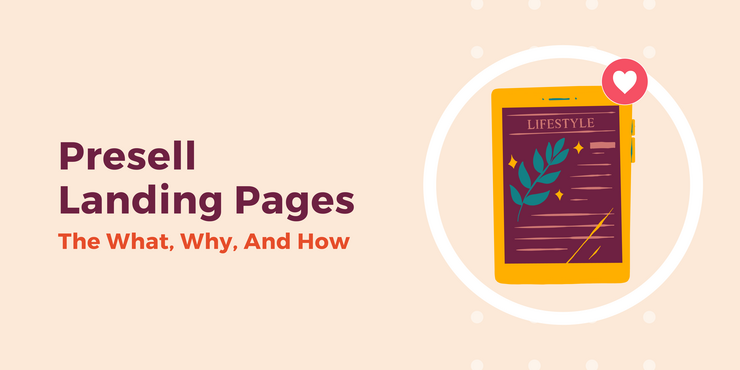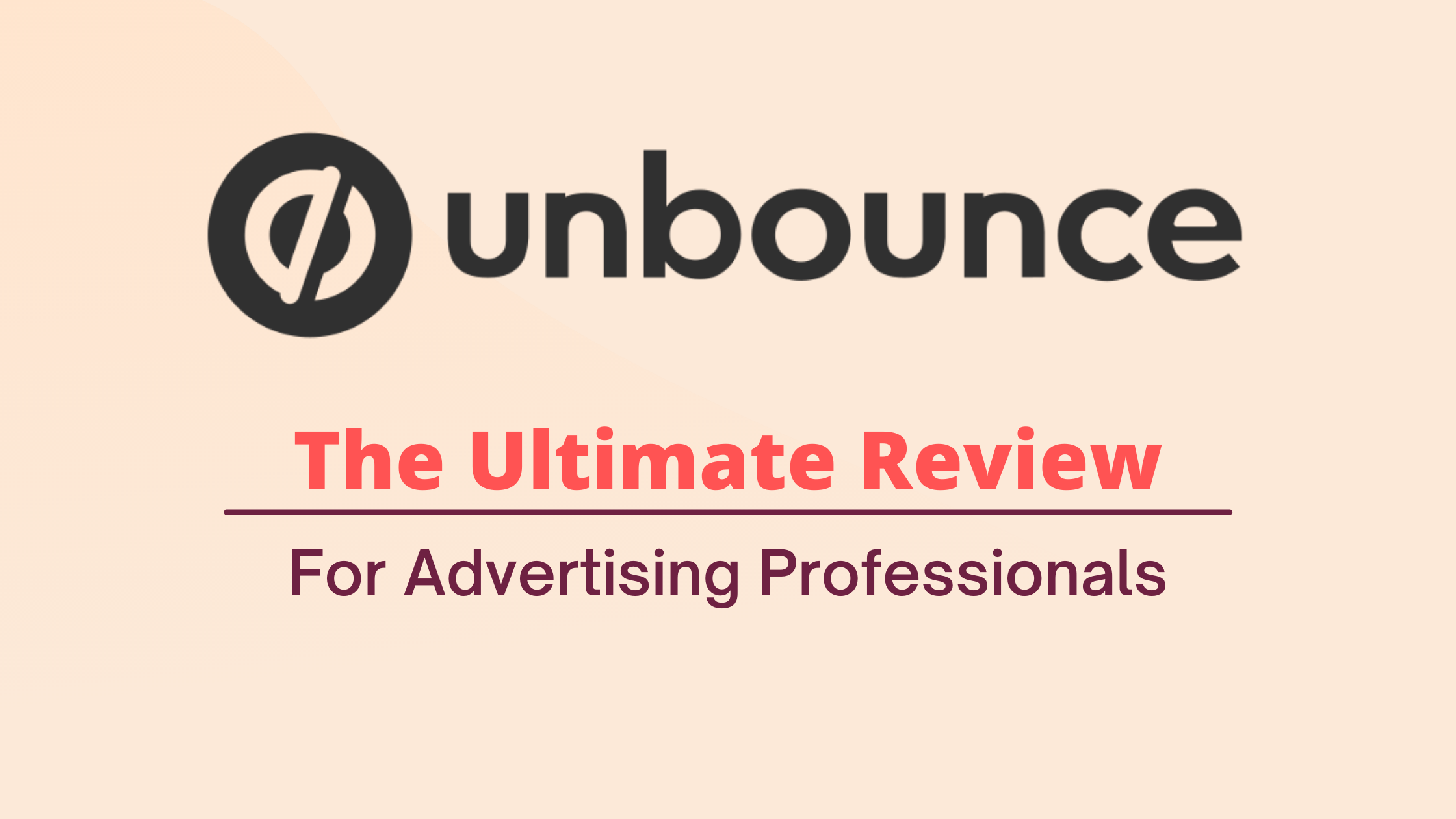YouTube will soon ask audiences to add context to videos
Illustration by Alex Castro / The VergeYouTube is testing a way for viewers to add community-sourced context to videos. The feature, called notes, will allow people to add bits of information to clarify things like whether a video is...
/cdn.vox-cdn.com/uploads/chorus_asset/file/23986639/acastro_STK092_03.jpg)
YouTube is testing a way for viewers to add community-sourced context to videos. The feature, called notes, will allow people to add bits of information to clarify things like whether a video is a parody or contains older footage presented as a current event.
If a note is considered helpful, you might see it pop up in a small box beneath a video. YouTube says only a “limited number” of eligible contributors can write notes for now, while third-party evaluators will rate the helpfulness of notes. YouTube will then use this feedback to train its note evaluation system over the coming weeks and months.
Image: YouTube
As the pilot progresses, YouTube will eventually start asking viewers whether they consider a note “helpful,” “somewhat helpful,” or “unhelpful” and to explain why. It will then feed these responses into its algorithm, which will determine whether a note is “broadly helpful.” YouTube says its system is more likely to display a note if many people who previously rated notes differently now rate the same note as helpful.
For now, notes are only available in English to mobile users in the US. Google similarly started testing a way for users to annotate search results last year, but it’s only available on an opt-in basis through the Google Search Labs.
Bringing notes to YouTube will introduce the feature to a broader audience, which could also increase the possibility of notes containing errors or unrelated information. Other platforms, such as Twitter (now X), started testing community notes in 2021 to provide context to posts.
Like Twitter, it seems YouTube is trying to keep misinformation at bay by limiting this pilot to a limited number of users and evaluators to start. YouTube says any wrong information is “part of how we’ll learn from the experiment.”

 AbJimroe
AbJimroe 










